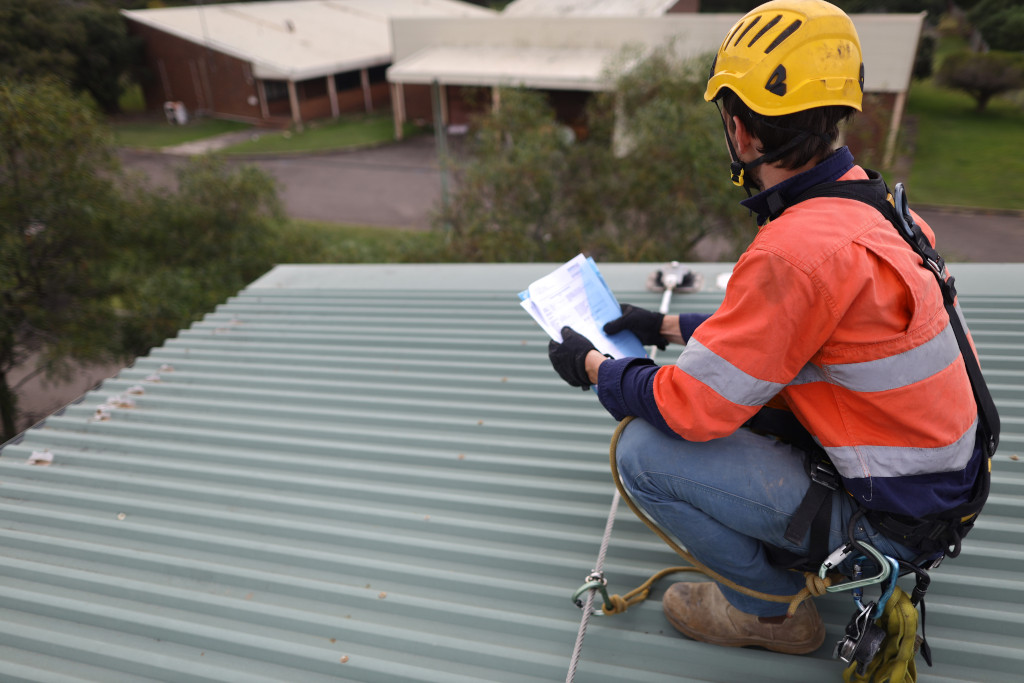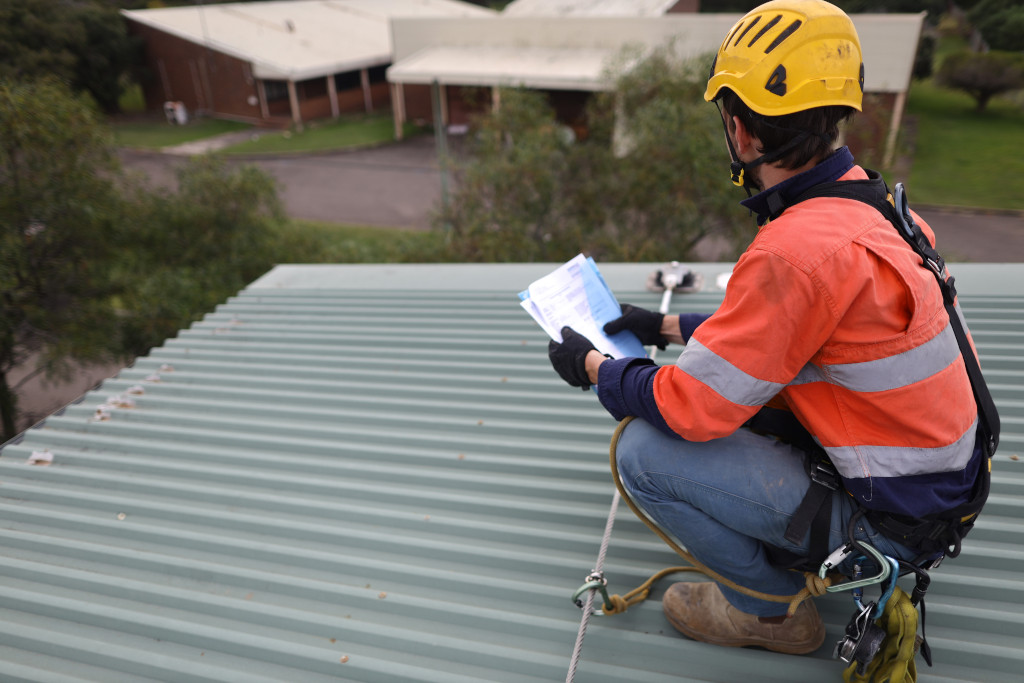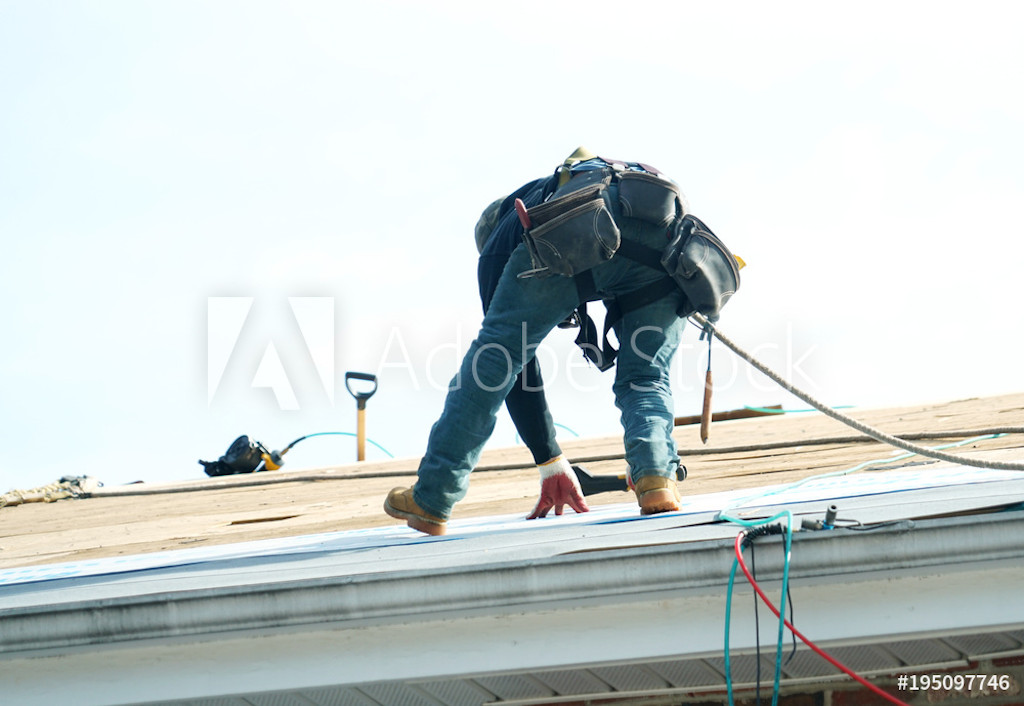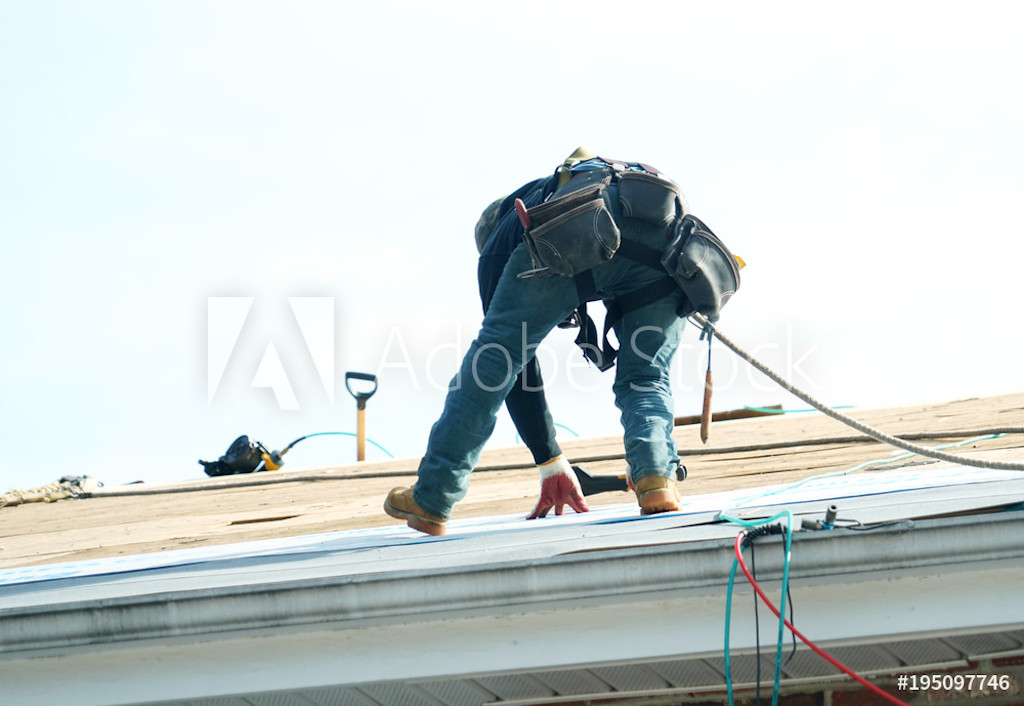
No matter what your roofing system looks like, it is important to know how to take care of it. Though weather varies in different areas of the country, each roof needs to employ proper protection against weather, whatever that may look like. Because your roof is so central to your home’s stability and well-being, if it is not adequately prepared for weather events, you are likely to experience damage in your house as a whole. There are many ways to protect your roof against weather and ensure that your investment in your home and roof system is safe for years to come.
Seal your roof
The first thing you can do is make sure that your roof is properly sealed. There are natural seams in a roof, such as where the eaves come together, where the chimney meets the roof, and where the shingles meet the gutter system. Applying proper flashing and sealant to these areas ensures that no leaks occur. This also helps ensure that no moisture makes its way under the shingles and causes mold, mildew, cracks, or ice dams.
Insulate the attic
Insulating your attic and ensuring that it is adequately ventilated help ensure that snow doesn’t melt against the roof’s heat and create ice dams. This also deters mold and mildew growth and allows your roof to remain in a neutral temperature range no matter what is going on outdoors.
Install RoofGuard
By hiring a trusted Mr. Roof specialist, you can have a RoofGuard+ roofing system installed on your home’s roof to protect your shingles from wind, water, algae, and more. This system has been shown to extend the life of your roof without cracking or turning your roof an unsightly color. It is the single best thing you can do to make sure that your roof lasts the maximum amount possible.
Keep an eye on the roof
Make sure to examine your roof at least twice a year to ensure there are no visible signs of damage. If you see any cracked shingles coming off or missing, it is important to contact a Mr. Roof specialist right away. These are signs that there is a larger problem with your roof that could damage your whole home. Your examinations should always be done by the ground or while standing inside and looking through a closed window. If you cannot examine your roof this way, call an expert to do it for you.
Prepare your yard
When severe weather is predicted, or when it is a severe weather season in your area, be sure to clear your yard of furniture, toys, umbrellas, planters, and anything else that could be blown into the air. It may come as a surprise, but roof damage is often caused by flying backyard objects during a storm. Removing or securing these objects can help ensure that unnecessary damage does not occur. Roof damage can cost thousands of dollars, so it is worth taking the time to prepare.
Have your roof reinforced
Ask your local Mr. Roof specialist if roof reinforcement could help keep your home secure. This process involves a high-bond glue that is applied between the roof and the rafters. This helps ensure that the roof can’t blow off or separate from the rest of the house, which would be catastrophic to the home as a whole and lethal to the roof itself.
Review your insurance
It’s best to keep up to date on your policy and what it does and does not cover. Be sure you have proper coverage based on your area, as not all policies cater specifically to the weather patterns near you. Extra hurricane or flood insurance may be necessary but will often pay for itself tenfold in the event of a significant roof disaster. Reviewing your insurance can help you remain calm and focused during an emergency.
Call Mr. Roof
The experts at Mr. Roof are here to help you whenever you have questions or concerns about your roof. For over 50 years, our team has been serving homes around the country and making sure that they are braced for all kinds of weather. No situation is too big or too small for our experts to handle. Don’t wait until tragedy hits; prepare yourself andcontact your local Mr. Roof today.
The post What’s the Best Reinforced Weather Protection for My Roof? appeared first on Mr Roof.


